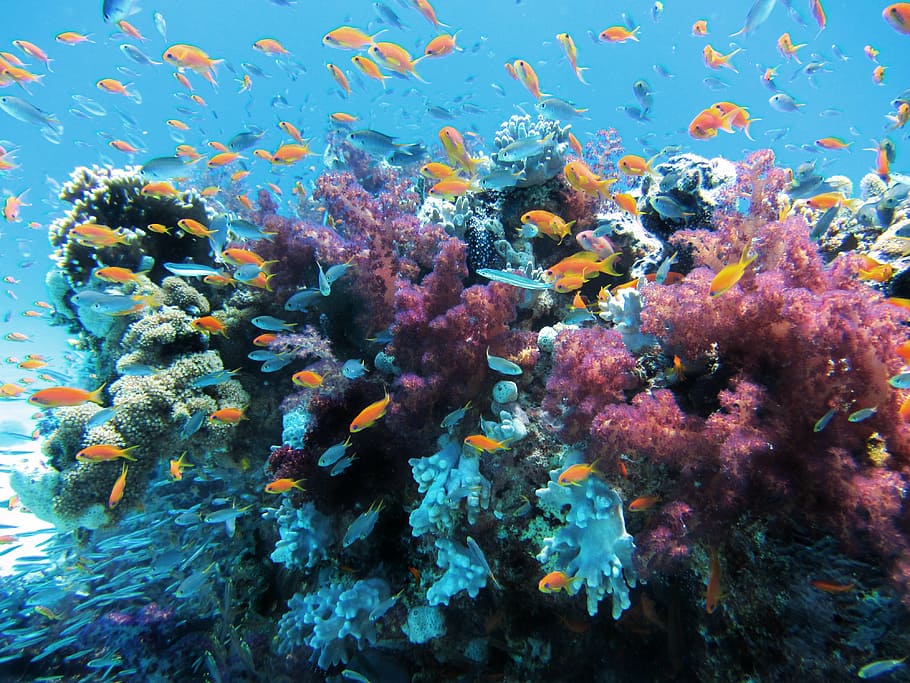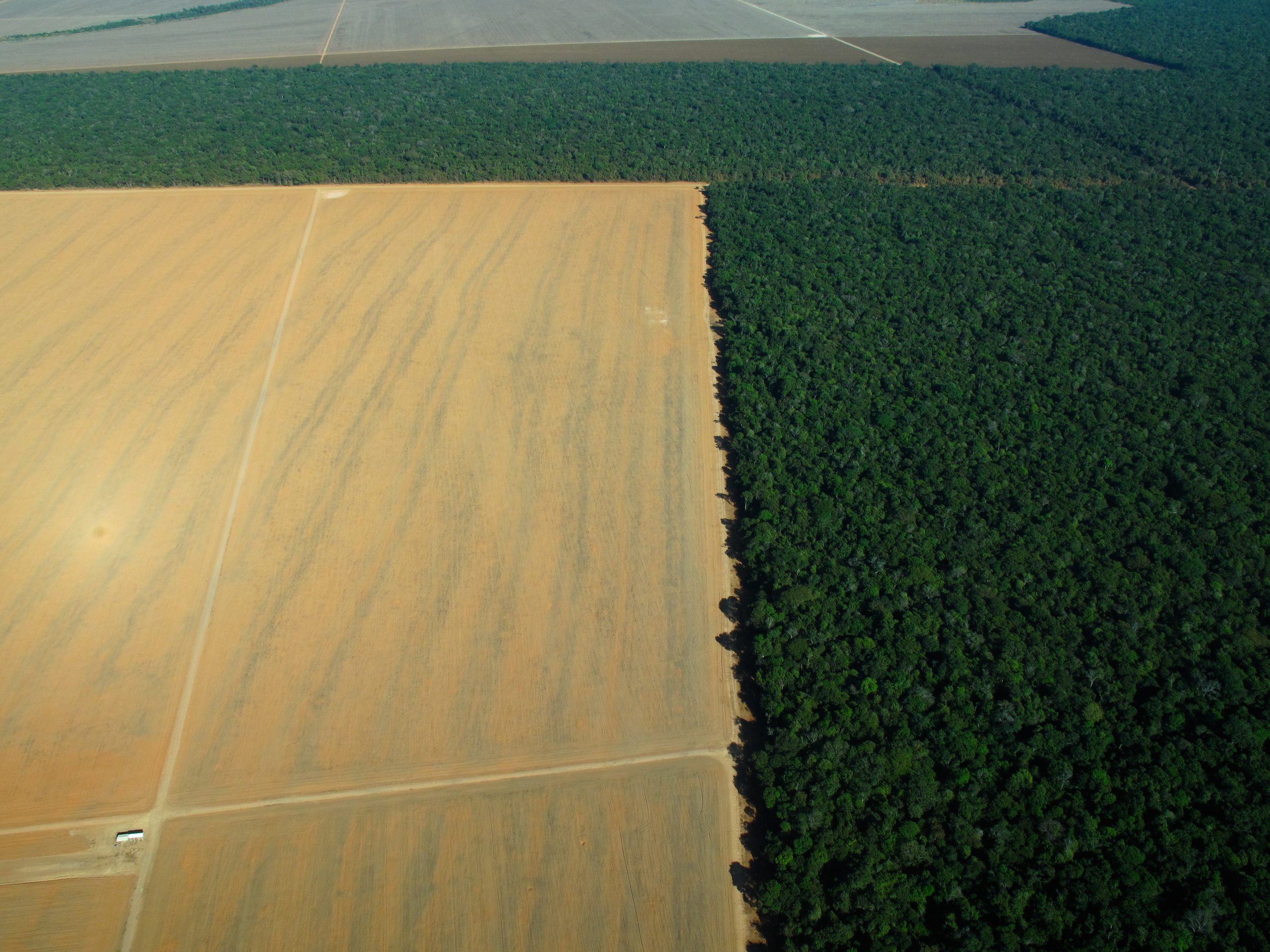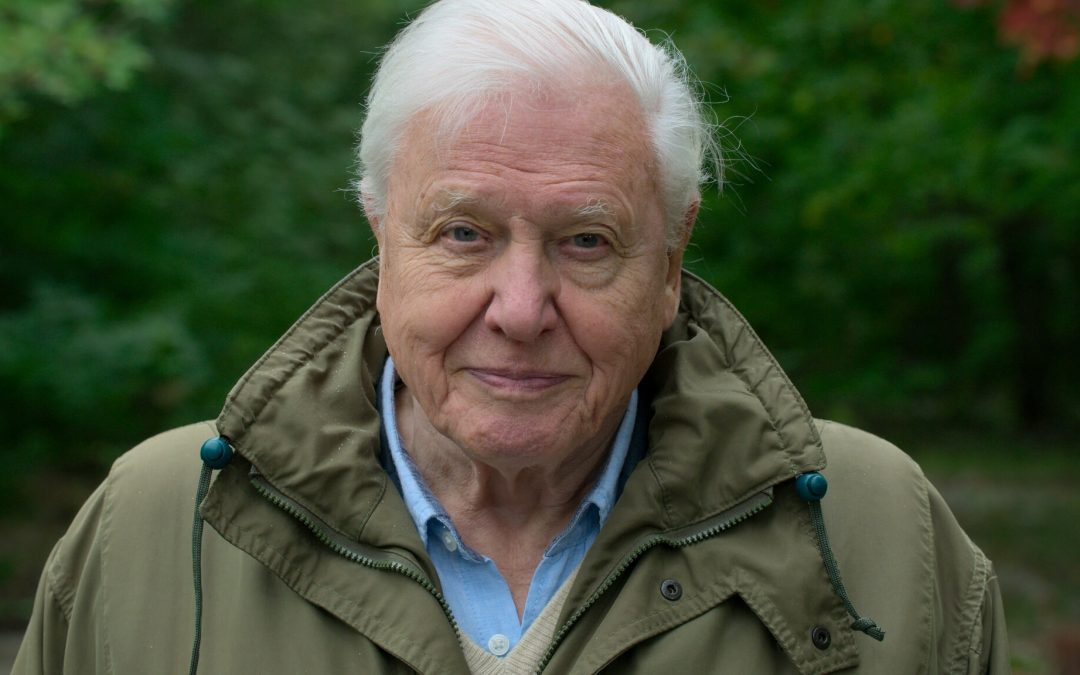David Attenborough. Credit: Netflix.
How has the Earth changed in the last 100 years and what is the future in front us?
In the documentary film A Life on Planet Earth distributed by Netflix, the British explorer David Attenborough traces the drastic environmental changes that took place from his birth until today.
INDEX:
- The extraordinary stability of the Holocene
- Uncontrolled human civilization – from Holocene to Anthropocene
- The future in front of us
- How to preserve biodiversity?
1. The extraordinary stability of the Holocene
At the time of his birth in 1926 David Attenborough was effectively in the Holocene, the warm interglacial era that began 11,650 years ago.
The extraordinary climate stability of Holocene era allowed the evolution of millions of species. An explosion of biodiversity which strengthened the biosphere in a virtuous circle:
- Phytoplankton and forests used solar energy to produce oxygen and trap carbon dioxide, thus stabilizing the atmosphere;
- Herds of herbivores kept the grasslands fertile;
- Coral reefs and mangroves contributed to the amazing biodiversity of the marine world;
- The polar ice, reflecting the sun’s rays, avoided global warming.

Biodiversity at the coral reef.
Our species – Homo sapiens – evolved in the perfect harmony of the Holocene.
Thanks to the punctual periodicity of Holocene’s seasons our ancestors were able to plan agricultural and livestock activities, the first step for the socio-economic development of our civilization.
2.Uncontrolled human civilization – from Holocene to Anthropocene
Humans have always had the instinct to bend Nature to their own benefit.
However, the technological and industrial development of the last 100 years sharply accelerated demographic growth and the exploitation of terrestrial resources, thus breaking the millennial equilibrium of the Holocene:
- The human population grew dramatically, from 2.3 billion inhabitants in 1937 to 7.8 billion today – a trend that is still growing;
- We became the most widespread and dominant animal species on Earth;
- We dramatically impoverished species biodiversity: the wild nature’s coverage of the globe dropped from 66% in 1937 to 35% in 2020.
For these reasons, several geologists identify the present as a new geological era named Anthropocene: the time in which the fate of the biosphere is totally in the hands of Homo sapiens.

Deforestation in the Amazon jungle for industrial or agricultural purposes. Credits: www.grida.no/resources/3127
3. The future in front of us
According to the estimates quoted by David Attenborough in his documentary film:
- If we will not achieve a 60% reduction in CO2 emissions by 2030 global warming will cause ice melting in the Arctic in the summer months;
- By 2040 the melting of the permafrost will release toxic greenhouse gases thus accelerating the increase in the atmospheric temperature by 2°C per year;
- By 2050 coral reefs will disappear, 90% of commercial marine life will be extinct and the amount of plastic in the oceans will become more than the biomass;
- By 2080 most of the land will be no more productive because of resource depletion;
- By 2100 we may face mass migrations since with a +4°C increment several areas of our planet will become uninhabitable.
All of this may represent the prelude of a new mass extinction – the sixth in the history of Earth and the first not due to natural events, but to the bad behavior of our human specie instead.
Metaphorical representation of the mass extinction risk due to continuous loss of biodiversity
4. How to preserve the biodiversity?
Despite around 30,000 vertebrate species extinct in the last 100 years we are still in time to reverse the race toward the cliff.
The essential thing is to act effectively on multiple sides. Here some of them:
- Learn how to exploit renewable energies only, forgetting all the others;
- Adopt sustainable fishing practices and make several strategic areas fishing-free in order to allow repopulation of marine life;
- Limit meat consumption since intensive farming requires extensive resources and significant greenhouse gases emission;
- Stop immediately human activities causing deforestation and promote reforestation If massively reintroduced, plants may be able to take up in a few decades the CO2 excess generated in the last 100 years.
These and other efforts require worldwide cooperation to be effective.
The good news is that multiple technologies are nowadays available to turn these intentions into reality.
Elisa Bertesago – environmental sustainability curator @Nabu Creative Studio
References:
- David Attenborough: A Life On Our Planet. Netflix; Silverback Films, 2020
- The Human Planet: How We Created the Anthropocene, Pelican, 2018
- https://sdgs.un.org/goals

